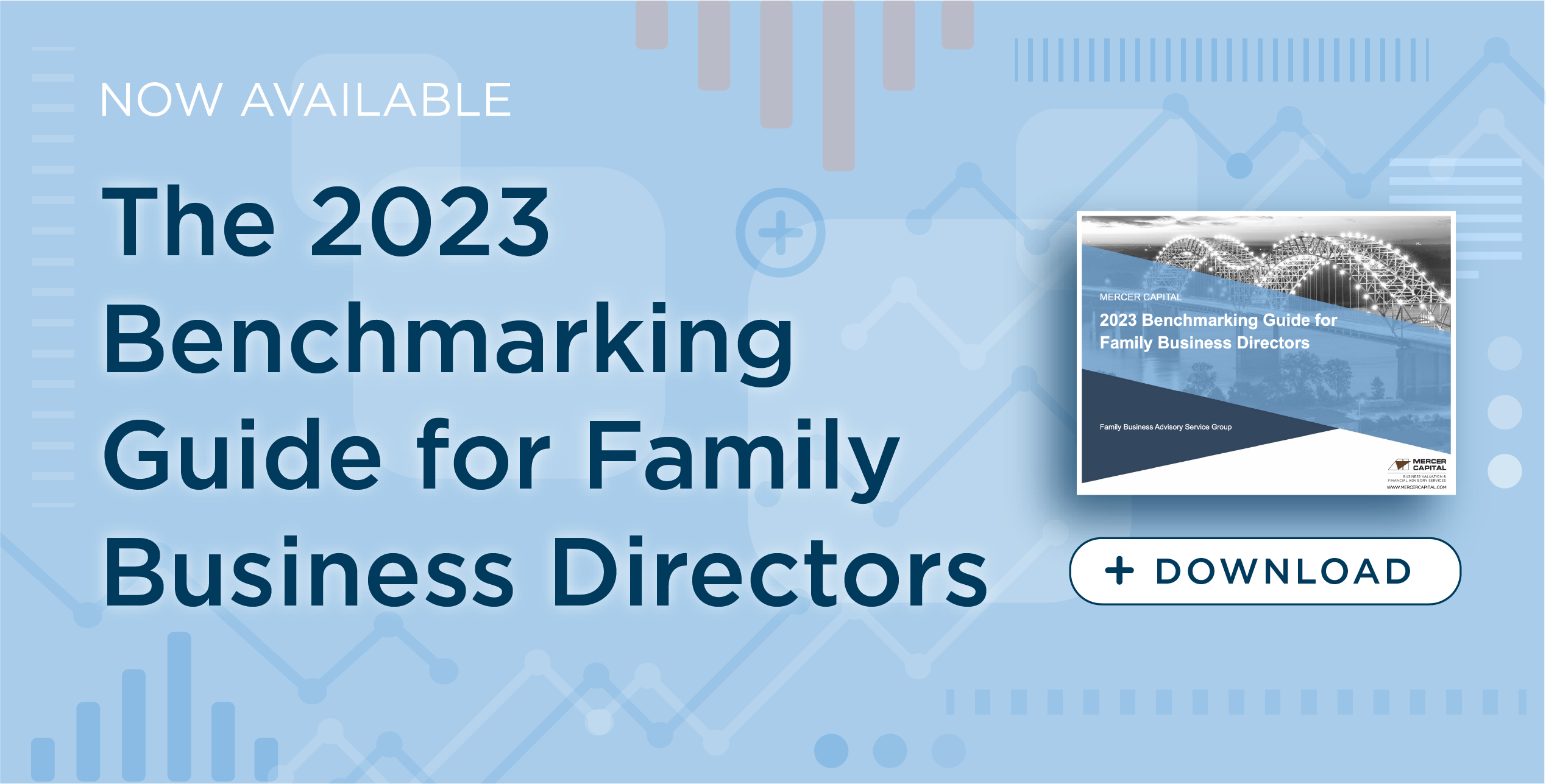Family Businesses and Scarce Capital
We were recently whiling away the hours scrolling through the archives of the Harvard Business Review when an article caught our eye. “What You Can Learn from Family Business” was written by Nicolas Kachaner, George Stalk, Jr. and Alain Bloch, and appeared in the November 2012 issue. It is well worth reading, and can be found here. In the article, the authors describe an empirical study they undertook to discern the ways family businesses are different from their non-family owned peers.
The authors examined data from 149 family-controlled public companies as the foundation for their study. For what it’s worth, we suspect publicly-traded family businesses look at the world a bit differently than their private brethren, but you have to go where the data is available. In any event, the reported findings were generally consistent with our experiences working with private family businesses.
The authors identify seven attributes of family businesses that differentiate them from non-family owned peers. The overall conclusion of the study is that family businesses focus more on long-term resilience than short-term performance.
- Family businesses are frugal in good times and bad.
- Family businesses keep the bar high for capital expenditures.
- Family businesses carry little debt.
- Family businesses acquire fewer (and smaller) companies.
- Many family businesses show a surprising level of diversification.
- Family businesses are more international.
- Family businesses retain talent better than their competitors do.
In a series of posts over the next several weeks, we’ll take a closer look at some of the attributes identified by the authors, particularly from the perspective of privately-held family businesses. This week, we’ll consider how family businesses make capital expenditure decisions.
Family Businesses and Capital Expenditures
The authors describe family businesses as “especially judicious” with regard to capital expenditures. We suspect that this stems from the fact that spending family capital just plain hurts more than spending anonymous shareholder capital. As family businesses mature, the tension between reinvesting in the business to support future growth and distributing earnings to the family for consumption and outside investment often becomes acute. As a result, family business managers are keenly aware that dollars spent on capital expenditures are dollars that are not distributed to the family.
Equity Capital Constraints
Setting up a joint venture can allow the family business to act bigger than its balance sheet.
Beyond the psychological hurdle noted above, an additional constraint on capital spending for privately-held family businesses is the common aversion to raising equity capital from outside (non-family) investors. Family business directors know that even minority investments from outsiders come with strings attached in the form of governance and economic rights. The institutional investor that becomes a 20% or 30% shareholder in your family business will not be shy about exerting influence over significance strategic decisions. And it is quite unlikely that the investment horizon for the institutional investor mirrors that of the family. That’s not to say that outside equity capital may not be the right solution for your family business, but accepting outside capital will most definitely change your family business.
Some families balance the need for outside capital to fuel growth with the desire to protect family control of the business by using joint ventures or other similar structures. When there is a discrete growth initiative that the family business wants to undertake, but doesn’t have the financial capacity to tackle by itself, setting up a joint venture with a strategic or financial partner can allow the family business to act bigger than its balance sheet. Of course, shared investment means shared upside, but that can be preferable to sitting out on an otherwise attractive investment opportunity for a lack of funding. While the joint venture partner will have significant say over the conduct of the joint venture, they can be effectively fenced off from the governance of the family business as a whole.
Capital Rationing and Strategy
In the face of capital scarcity, family business directors must select a limited number of capital projects to approve. The selection process is referred to as capital rationing. Capital rationing is common to all businesses; even when capital is readily available, other constraints, like the availability of human capital, place limits on how much capital investment can be made in a given period.
Family business directors and managers often give much attention to measures of financial feasibility like net present value, internal rate of return, and payback period.
- Net present value (NPV) is a comparison of the marginal cost of a capital project to the present value of the expected marginal benefits associated with the project. The expected benefits are discounted to the present at the weighted average cost of capital.
- Internal rate of return (IRR) is the discount rate at which the present value of expected marginal benefits is equal to the marginal cost of the project.
- The payback period measures the number of years it will take to recoup the marginal cost of the capital project.
These measures are crucial, and directors should not approve capital projects that do not pass these tests. However, passing the financial test is not enough. NPV, IRR, and payback period are not substitutes for a coherent strategy.
Prioritizing strategy will enhance the long-term sustainability of your family business.
Since the number of projects with acceptable financial returns likely exceeds the amount of capital the family business has available to invest, a common approach is to simply increase the minimum hurdle rate until fewer projects pass. While this is an effective way to address capital rationing, in our view, it gives short shrift to strategy. We believe most family businesses are better off investing in a project that advances the company’s overall strategy and has an IRR of 13% than an alternate project with an expected IRR of 18% but only a tenuous relationship to the strategy of the family business.
Assessing strategic fit of potential projects to address capital rationing is not as easy as simply inflating hurdle rates, but we are convinced that prioritizing strategy will enhance the long-term sustainability of your family business.
Conclusion
The authors conclude that parsimony when it comes to capital expenditures may cost family business some short-term growth opportunities, but ultimately enhances the resilience of family businesses when recession comes. And recession has always, eventually, come.
So what about your family business? Are you spending family capital wisely? Have you explored alternative sources of equity capital? Do you have a disciplined process for reviewing potential capital projects for both financial feasibility and strategic fit? In short, are you managing for long-term resilience or short-term performance?
 Family Business Director
Family Business Director 











